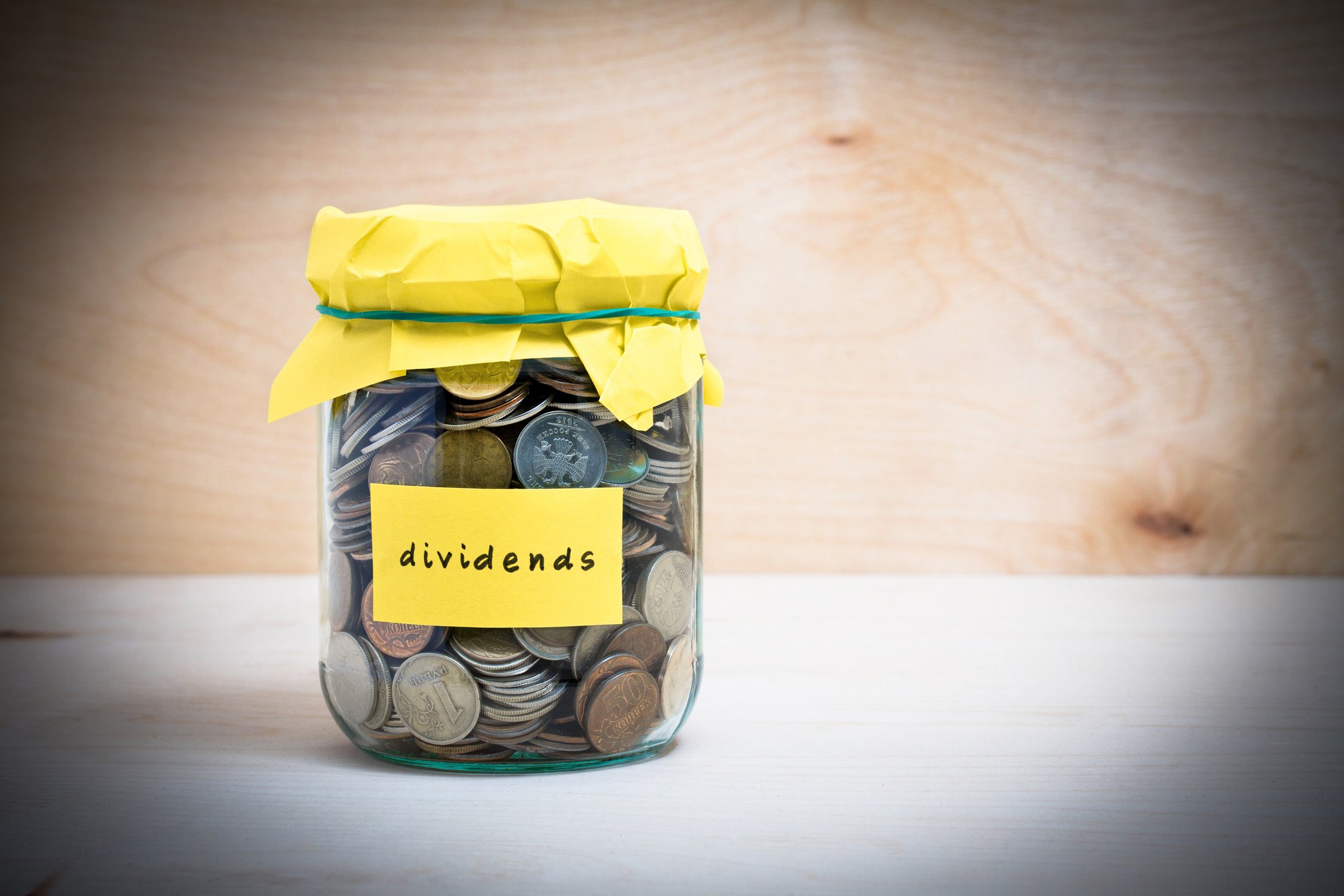Giant diversified U.S. utility The Southern Company (SO 1.01%) offers investors a yield of 5.5%. Globally diversified electric company PPL Corp. (PPL 1.82%) has a yield of 5.4%. Those figures are both at the high end of the utility sector, which might entice investors seeking to enhance their current income via large dividends. But is one of these utility stocks better than the other?
Some construction issues
Southern is one of the largest U.S. utilities, providing consumers with electricity and natural gas. It also has a substantial merchant renewable-power business and interests in long-haul energy assets, like natural gas pipelines. It has increased its dividend each year for 18 years, with an average increase over the past decade of just under 4%. That's slightly higher than the historical rate of inflation growth, ensuring that investors' buying power grows over time.

Image source: Getty Images.
The company plans to spend $35 billion on capital projects between 2018 and 2022, with $33 billion of that going toward regulated assets. As a utility, Southern is granted a monopoly, but must get rate increases approved by regulators. Spending to upgrade its systems is how it goes about getting those price hikes approved. The company expects this spending to lead to earnings growth of 4% to 6% a year, with dividends likely to trail along at the lower end of that range.
One of the reasons Southern's dividend yield is so high today is that a portion of that spending is going toward two new nuclear power plants, Vogtle 3 and 4, in Georgia. The process has faced delays and ongoing cost overruns (the price tag has nearly doubled at this point to $27 billion). The most recent headache on this massive project showed up in September, when another increase in the project's cost (which led to a $1.1 billion charge in the second quarter) caused strife between Southern and its partners. To keep the project alive, Southern, which is now managing the construction, agreed to shoulder more of the cost should further price increases occur.
SO financial debt to equity data (quarterly) by YCharts. TTM = trailing 12 months.
It appears that Southern has the financial strength to complete the project, with financial-debt-to-equity and times-interest-earned metrics roughly in line with some of its largest peers. But the company's nuclear ambitions add a notable level of uncertainty. For more aggressive investors, this could be an opportunity to pick up a high yield from a utility that is generally considered to be very well run. And, it's worth noting, the company believes it can achieve its 4% to 6% growth targets with or without the nuclear build. But for more conservative types, the nuclear overhang might not be worth the uncertainty.
A dirty utility looking to clean up
PPL is about half the size, in terms of market cap, of Southern. It stands out from most peers because it provides electricity in both the United States (about 60% of its rate base) and the United Kingdom (about 40%). It has increased its dividend for 17 years, with the average increase over the past decade roughly in line with the historical rate of inflation growth. That protects investors' buying power over time, even if it doesn't grow it.
The utility's growth plans call for spending around $15 billion between 2018 and 2022. Management expects that spending to boost growth by 5% to 6% a year over the next two years. Dividends are likely to continue to track along with inflation to maintain investors' buying power over time. Not a bad trade-off for investors seeking to maximize current income.
SO Dividend Per Share (Quarterly) data by YCharts
The big issues for investors looking at PPL are the foreign exposure and coal. With operations in the U.K., PPL has earnings that can look pretty erratic because of exchange-rate volatility. But over time, the impact of exchange rates tends to even out. It also has to handle two sets of regulations, which is an issue, but not dramatically different from dealing with regulations between different states (its U.S. operations are in Kentucky and Pennsylvania). A larger concern is that 85% of the company's power in 2017 was generated using coal.
That sounds awful in a world that's increasingly moving away from the dirty fuel. But one key factor underpinning PPL's capital spending is a long-term shift toward clean power. It wants to reduce carbon emissions by 70% by 2050. That's going to require a lot of capital spending and should help the utility to win rate hikes, since emission reductions are seen in a positive light today. So instead of seeing the company's dirty coal as a negative, it could actually be considered a long-term growth driver.
PPL, then, is a basically a boring utility that's a little late to the clean-energy bandwagon. The high yield makes up for that risk. Investors who want to avoid the uncertainty of Southern's nuclear-plant plans should take some time to look into PPL's business.
Both have a place
Southern and PPL are basically boring, high-yield utilities at their core. But both suffer from bad press today. Of the two, Southern has the more uncertain future because of its large nuclear plans -- which haven't been going as well as hoped. More aggressive investors, however, should consider picking up this generally well-run utility because it offers a more compelling combination of yield and dividend growth than PPL.
PPL provides global exposure, and its dependence on coal can be viewed as a positive rather than a negative, since it suggests many years of capital spending ahead. That spending is highly likely to be approved by regulators and lead to ongoing growth over time. Investors who are looking to generate income that can keep up with inflation, but are unwilling to shoulder Southern's nuclear risks, should take a close look.








